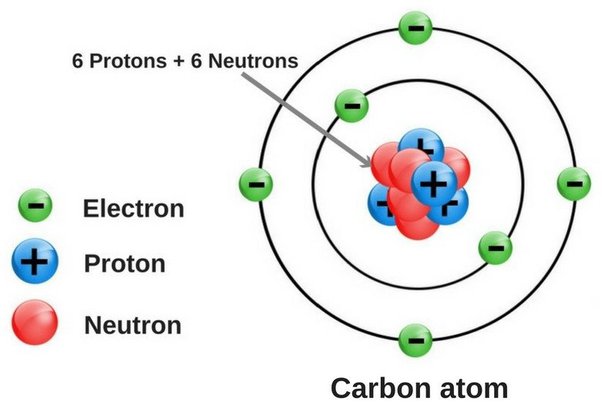Peer Review 101 – The Different Approaches to Evaluating Scientific Work

What is a Peer Review?
In brief, the types of peer review options available are a technique utilized by professional bodies to analyze a particular piece of work, whether it’s written, recorded, or documented in any form. It works by allowing those with a similar or higher level of experience and qualifications to evaluate a person’s work and then provide feedback on the content of it.
Why Use a Peer Review?
There are several reasons; from spotting errors or mistakes, right through to benefitting from additional input to enhance or modify the work being reviewed. Industry professionals use this technique to help them to refine their work, as well as to enhance it ready for publication.
The Different Types of Peer Review
There are currently five widely accepted types of peer review. These include:
- Single-Anonymized Peer Review – a type of review whereby one individual will take on the activity, without knowing the name of the author, or any details about them. The main benefit of this solution is that it provides a way for a review to be undertaken in an unbiased manner, improving the chances of the analysis being fair and without discrimination
- Double-Anonymized Peer Review – in this instance, both the author’s and the reviewers’ details will remain anonymous, providing for a much more unbiased approach, as neither will know the other. There can be times when it is apparent who is reviewing, or who the author is based on certain giveaways like their writing style and so on, but in the majority of instances, this type of review is considered secure
- Post-Publication Peer Review – This type of review takes place after the document has been published. As a result, changes, and modifications aren’t always an option – unless a retraction is formally issued, but the purpose of this solution is to showcase any errors or required corrections for the author to pay attention to in the future
- Collaborative Peer Review – A technique whereby both author and reviewers can work together to improve the condition of a piece of work. As they collaborate, fresh minds can be brought into the piece, allowing it to benefit from a wider range of input
- Open Peer Review – The last type of review solution available, this one works by bringing all parties involved together to discuss, analyze, and then make changes accordingly. One good thing about this method is that all involved will be able to share ideas and concerns, allowing for a more productive process.
With this new knowledge of peer review options, we’re sure that you’ll be a step closer to choosing the one that’s right for you and your needs.






